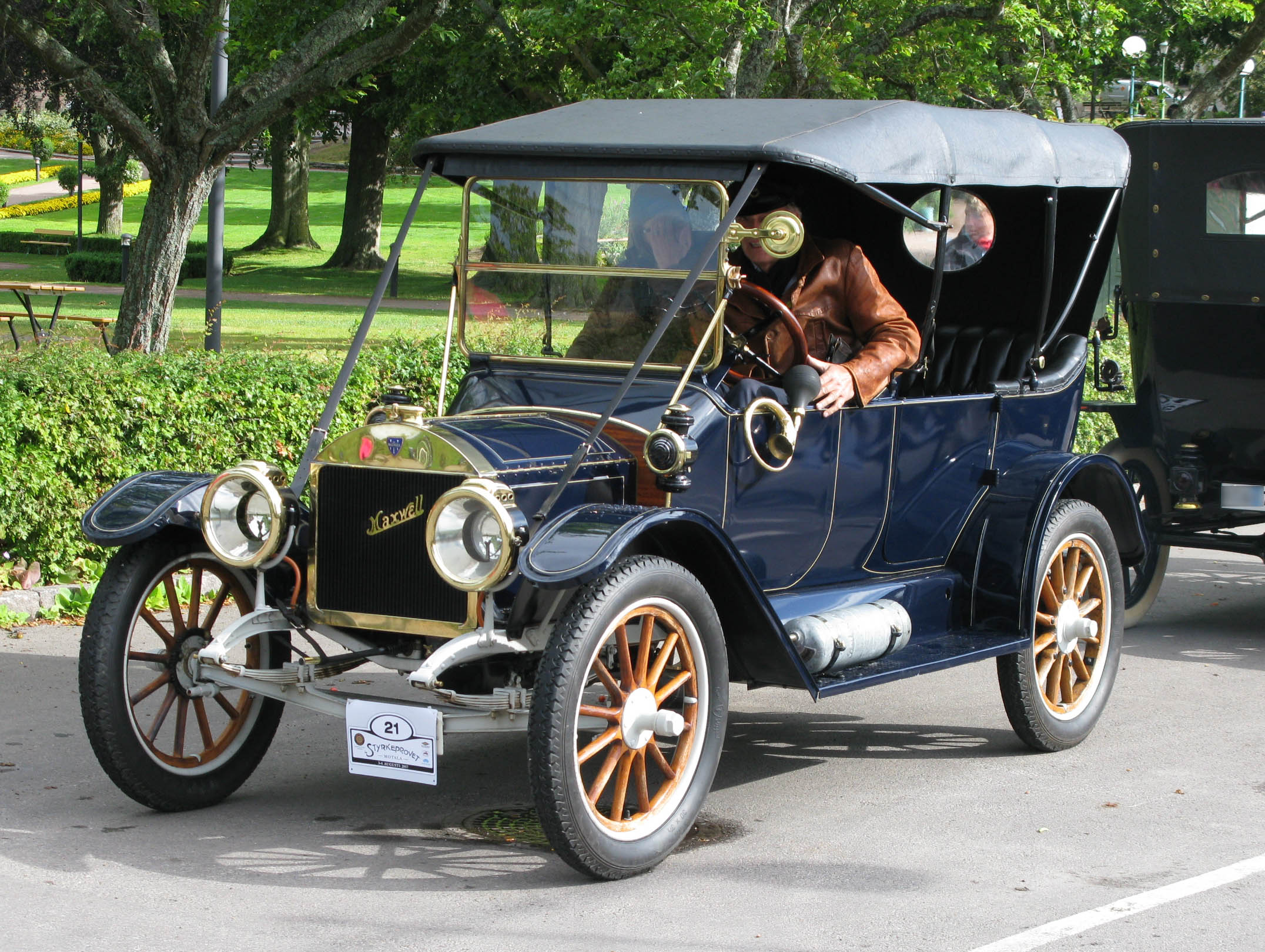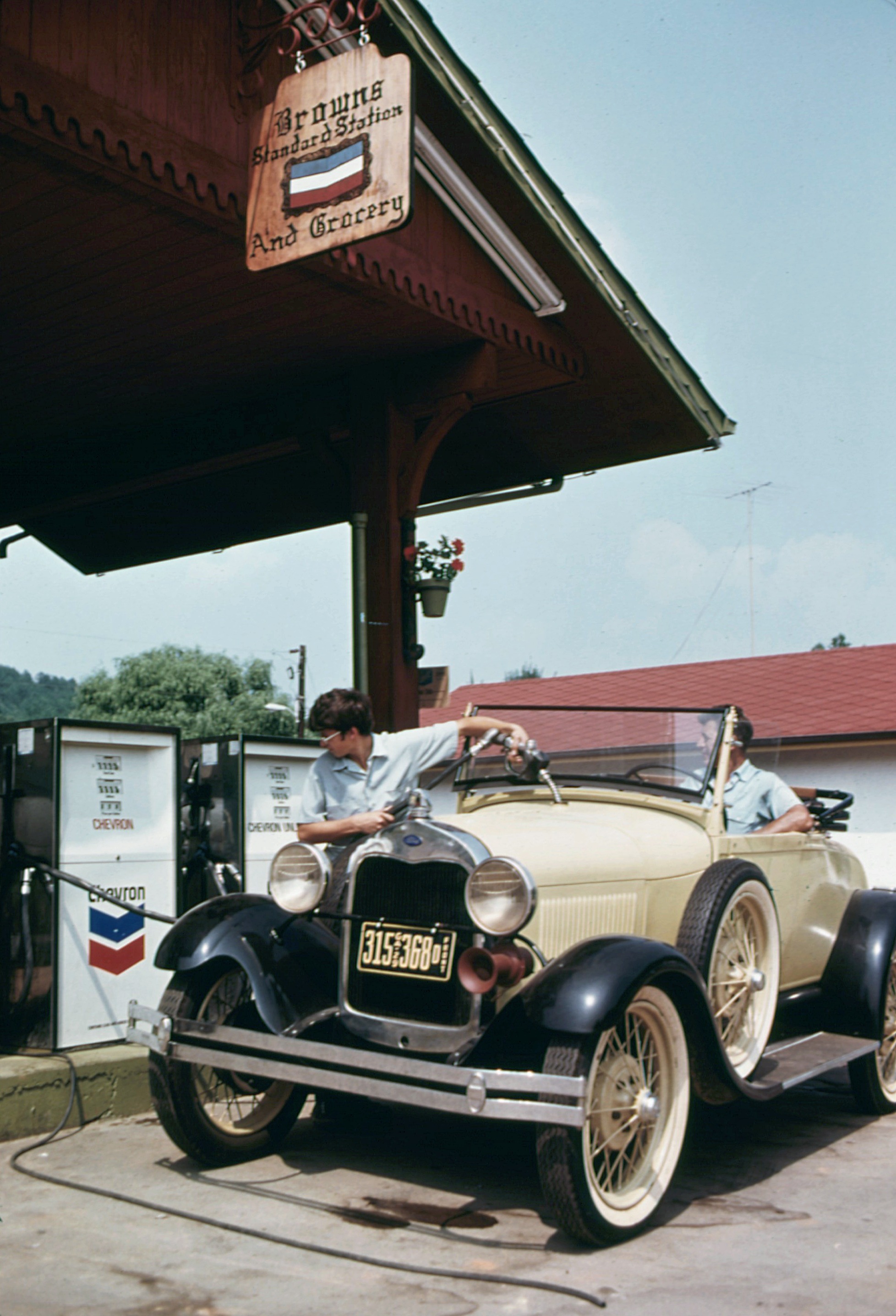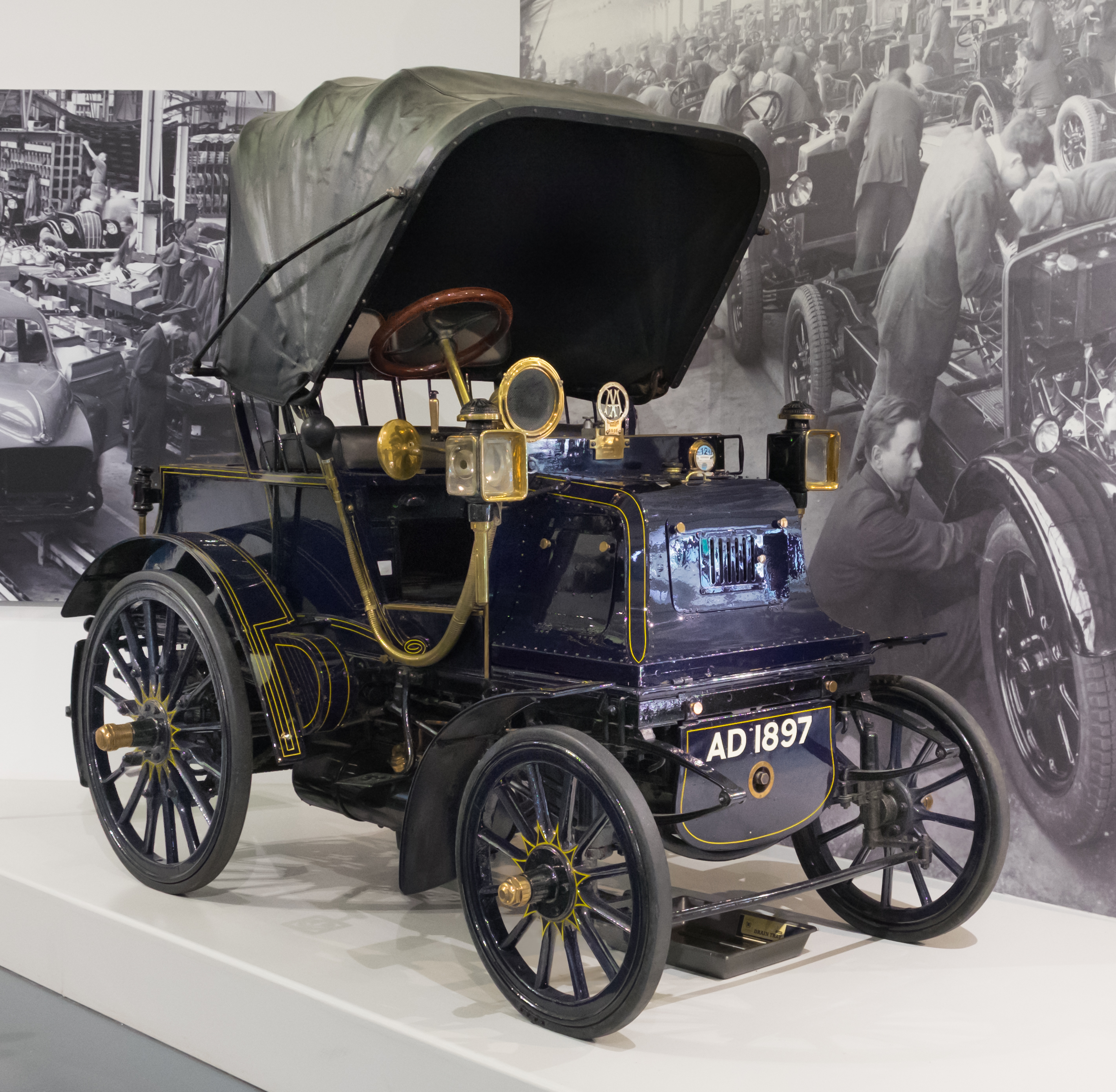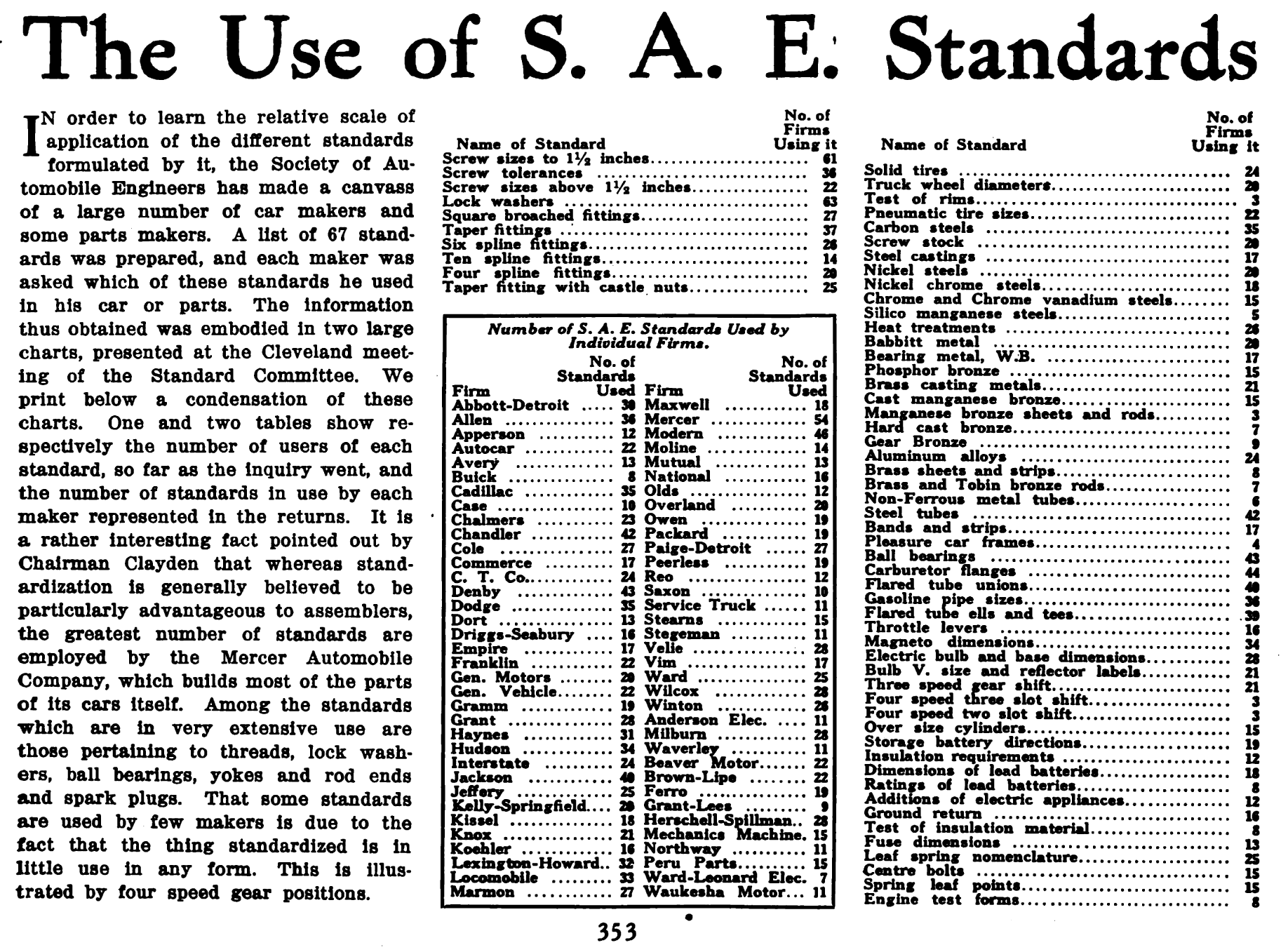|
Tourer
Touring car and tourer are both terms for open cars (i.e. cars without a fixed roof). "Touring car" is a style of open car built in the United States which seats four or more people. The style was popular from the early 1900s to the 1930s. The cars used for touring car racing in various series since the 1960s, are unrelated to these early touring cars, despite sharing the same name. "Tourer" is used in British English for any open car. The term "all-weather tourer" was used to describe convertibles (vehicles that could be fully enclosed). A popular version of the tourer was the torpedo, with the hood/bonnet line at the car's waistline giving the car a straight line from front to back. Touring car (U.S.) Design ''Touring car'' was applied in the U.S. to open cars (cars without a fixed roof, for example convertibles) that seat four or more people and have direct entrance to the tonneau (rear passenger area), although it has also been described as seating five or more people. ... [...More Info...] [...Related Items...] OR: [Wikipedia] [Google] [Baidu] |
Ford Anglia
The Ford Anglia is a C-segment, small family car that was designed and manufactured by Ford of Britain, Ford UK. It is related to the Ford Prefect and the later Ford Popular. The Anglia name was applied to various models between 1939 and 1967. In total, 1,594,486 Anglias were produced. It was replaced by the Ford Escort (Europe), Ford Escort. Anglia E04A (1939–1948) The first Ford Anglia model, the E04A, was released on 31 October 1939 as the smallest model in the UK Ford range. It replaced the Ford 7Y and was a facelift of that model. The Anglia was a simple vehicle aimed at the affordable end of the market, with few features. Most were painted Ford black. Styling was typically late-1930s, with an upright radiator. Standard and deluxe models were available, with the latter having better instrumentation, and on prewar models, running boards. Both front and rear suspensions used transverse leaf springs, and the brakes were mechanical. The two-door Anglia is similar to th ... [...More Info...] [...Related Items...] OR: [Wikipedia] [Google] [Baidu] |
Roadster (automobile)
A roadster (also spider, spyder) is an open two-seat car with emphasis on sporting appearance or character. Initially an American term for a two-seat car with no weather protection, usage has spread internationally and has evolved to include two-seat convertibles. The roadster was also a style of racing car driven in United States Auto Club (USAC) Championship Racing, including the Indianapolis 500, in the 1950s and 1960s. This type of racing car was superseded by rear-mid-engine cars. Etymology The term "roadster" originates in the United States, where it was used in the 19th century to describe a horse suitable for travelling. By the end of the century, the definition had expanded to include bicycles and tricycles. In 1916, the United States Society of Automobile Engineers defined a roadster as: "an open car seating two or three. It may have additional seats on running boards or in rear deck." Since it has a single row of seats, the main seat for the driver and passe ... [...More Info...] [...Related Items...] OR: [Wikipedia] [Google] [Baidu] |
Convertible (car)
A convertible or cabriolet () is a passenger car that can be driven with or without a roof in place. The methods of retracting and storing the roof vary among eras and manufacturers. A convertible car's design allows an open-air driving experience, with the ability to provide a roof when required. A potential drawback of convertibles is their reduced structural rigidity (requiring significant engineering and modification to counteract the effects of removing a car's roof). The majority of convertible roofs are of a folding construction framework with the actual top made from cloth or other fabric. Other types of convertible roofs include retractable hardtops (often constructed from metal or plastic) and detachable hardtops (where a metal or plastic roof is manually removed and often stored in the trunk). Terminology Other terms for convertibles include cabriolet, cabrio, drop top, drophead coupé, open two-seater, open top, rag top, soft top, spider, and spyder. Consist ... [...More Info...] [...Related Items...] OR: [Wikipedia] [Google] [Baidu] |
Ford Model T
The Ford Model T is an automobile that was produced by Ford Motor Company from October 1, 1908, to May 26, 1927. It is generally regarded as the first affordable automobile, which made car travel available to middle-class Americans. The relatively low price was partly the result of Ford's efficient fabrication, including assembly line production instead of individual handcrafting. It was mainly designed by an American ( Childe Harold Wills) and two Hungarian engineers ( Joseph A. Galamb, Eugene Farkas). The Model T was colloquially known as the "Tin Lizzie", "Leaping Lena" or "flivver". The Ford Model T was named the most influential car of the 20th century in the 1999 Car of the Century competition, ahead of the BMC Mini, Citroën DS, and Volkswagen Beetle. Ford's Model T was successful not only because it provided inexpensive transportation on a massive scale, but also because the car signified innovation for the rising middle class and became a powerful symbol of ... [...More Info...] [...Related Items...] OR: [Wikipedia] [Google] [Baidu] |
Convertible
A convertible or cabriolet () is a passenger car that can be driven with or without a roof in place. The methods of retracting and storing the roof vary among eras and manufacturers. A convertible car's design allows an open-air driving experience, with the ability to provide a roof when required. A potential drawback of convertibles is their reduced structural rigidity (requiring significant engineering and modification to counteract the effects of removing a car's roof). The majority of convertible roofs are of a folding construction framework with the actual top made from cloth or other fabric. Other types of convertible roofs include retractable hardtops (often constructed from metal or plastic) and detachable hardtops (where a metal or plastic roof is manually removed and often stored in the trunk). Terminology Other terms for convertibles include cabriolet, cabrio, drop top, drophead coupé, open two-seater, open top, rag top, soft top, spider, and spyder. Consist ... [...More Info...] [...Related Items...] OR: [Wikipedia] [Google] [Baidu] |
MR Layout
In automotive design, an RMR, or rear mid-engine, rear-wheel-drive layout is one in which the rear wheels are driven by an engine placed with its center of gravity in front of the rear axle, and thus right behind the passenger compartment. Nowadays more frequently called 'RMR', to acknowledge that certain sporty or performance focused front-engined cars are also "mid-engined", by having the main engine mass behind the front axle, RMR layout cars were previously (until ca. the 1990) just called MR, or mid-engine, rear-wheel-drive layout), because the nuance between distinctly front-engined vs. front ''mid-engined'' cars often remained undiscussed. In contrast to the fully rear-engine, rear-wheel-drive layout, the center of mass of the engine is in front of the rear axle. This layout is typically chosen for its favorable weight distribution. Placing the car's heaviest component within the wheelbase minimizes its rotational inertia around the vertical axis, facilitating turn-in o ... [...More Info...] [...Related Items...] OR: [Wikipedia] [Google] [Baidu] |
Convertible (car)
A convertible or cabriolet () is a passenger car that can be driven with or without a roof in place. The methods of retracting and storing the roof vary among eras and manufacturers. A convertible car's design allows an open-air driving experience, with the ability to provide a roof when required. A potential drawback of convertibles is their reduced structural rigidity (requiring significant engineering and modification to counteract the effects of removing a car's roof). The majority of convertible roofs are of a folding construction framework with the actual top made from cloth or other fabric. Other types of convertible roofs include retractable hardtops (often constructed from metal or plastic) and detachable hardtops (where a metal or plastic roof is manually removed and often stored in the trunk). Terminology Other terms for convertibles include cabriolet, cabrio, drop top, drophead coupé, open two-seater, open top, rag top, soft top, spider, and spyder. Consist ... [...More Info...] [...Related Items...] OR: [Wikipedia] [Google] [Baidu] |
Phaeton Body
A phaeton is a style of open automobile without any fixed weather protection, which was popular from the 1900s until the 1930s. It is an automotive equivalent of the horse-drawn fast, lightweight phaeton carriage. A popular style in the US from the mid–1920s and continuing into the first half of the 1930s was the dual cowl phaeton, with a cowl separating the rear passengers from the driver and front passenger. Phaetons fell from favour when closed cars and convertible body styles became widely available during the 1930s. Eventually, the term "phaeton" became so widely and loosely applied that almost any vehicle with two axles and a row or rows of seats across the body could be called a phaeton. Convertibles and pillarless hardtops were sometimes marketed as "phaetons" after actual phaetons were phased out. History The term ''phaeton'' had historically described a light, open four-wheeled carriage. When automobiles arrived it was applied to a light two-seater with mi ... [...More Info...] [...Related Items...] OR: [Wikipedia] [Google] [Baidu] |
FR Layout
In automotive design, a FR, or front-engine, rear-wheel-drive layout is one where the engine is located at the front of the vehicle and driven wheels are located at the rear via a drive shaft. This was the traditional automobile layout for most of the 20th century. Modern designs commonly use the front-engine, front-wheel-drive layout (FF). It is also used in high-floor buses and school buses. Front mid-engine, rear-wheel-drive layout In automotive design, a front mid-engine, rear-wheel-drive layout (FMR) is one that places the engine in the front, with the rear wheels of vehicle being driven. In contrast to the front-engine, rear-wheel-drive layout (FR), the engine is pushed back far enough that its center of mass is to the rear of the front axle. This aids in weight distribution and reduces the moment of inertia, improving the vehicle's handling. The mechanical layout of an FMR is substantially the same as an FR car. Some models of the same vehicle can be classified ... [...More Info...] [...Related Items...] OR: [Wikipedia] [Google] [Baidu] |
The New York Times
''The New York Times'' (''the Times'', ''NYT'', or the Gray Lady) is a daily newspaper based in New York City with a worldwide readership reported in 2020 to comprise a declining 840,000 paid print subscribers, and a growing 6 million paid digital subscribers. It also is a producer of popular podcasts such as '' The Daily''. Founded in 1851 by Henry Jarvis Raymond and George Jones, it was initially published by Raymond, Jones & Company. The ''Times'' has won 132 Pulitzer Prizes, the most of any newspaper, and has long been regarded as a national "newspaper of record". For print it is ranked 18th in the world by circulation and 3rd in the U.S. The paper is owned by the New York Times Company, which is publicly traded. It has been governed by the Sulzberger family since 1896, through a dual-class share structure after its shares became publicly traded. A. G. Sulzberger, the paper's publisher and the company's chairman, is the fifth generation of the family to head the p ... [...More Info...] [...Related Items...] OR: [Wikipedia] [Google] [Baidu] |
SAE International
SAE International, formerly named the Society of Automotive Engineers, is a United States-based, globally active professional association and standards developing organization for engineering professionals in various industries. SAE International's world headquarters is in Warrendale, Pennsylvania, 20 miles north of Pittsburgh, Pennsylvania. Principal emphasis is placed on global transport industries such as aerospace, automotive, and commercial vehicles. The organization adopted the name SAE International to reflect the broader emphasis on mobility. SAE International has over 138,000 global members. Membership is granted to individuals, rather than companies. Aside from its standardization efforts, SAE International also devotes resources to projects and programs in STEM education, professional certification, and collegiate design competitions. For historical legacy reasons, the label "SAE" is commonly used on tools and hardware in North America to indicate United States c ... [...More Info...] [...Related Items...] OR: [Wikipedia] [Google] [Baidu] |
Runabout (car)
A runabout is a car body style popular in the 1910s, based on the horse-drawn runabout carriage. It was popular in North America from 1900 to about 1915. It was a light, basic style with no windshield, top, or doors and a single row of seats. Runabouts eventually became indistinguishable from roadsters and the term fell out of use in the United States. The approach has evolved into the modern " city car". Origin Runabouts originated as a type of horse and carriage body. In 1881, Rufus Meade Stivers produced runabout bodies using a patent held by Joseph Tilton. Stivers, a blacksmith and wheelwright, produced the runabouts in his carriage manufactory on East 31st Street, Manhattan, established in 1851. According to ''The Carriage Journal'',The special feature of the runabout was that the body was hung low by using cranked axles, and the side-bars were attached to legs at the top of the crank. The original runabout was made without a top, and, besides hanging low which made ... [...More Info...] [...Related Items...] OR: [Wikipedia] [Google] [Baidu] |








.png)

